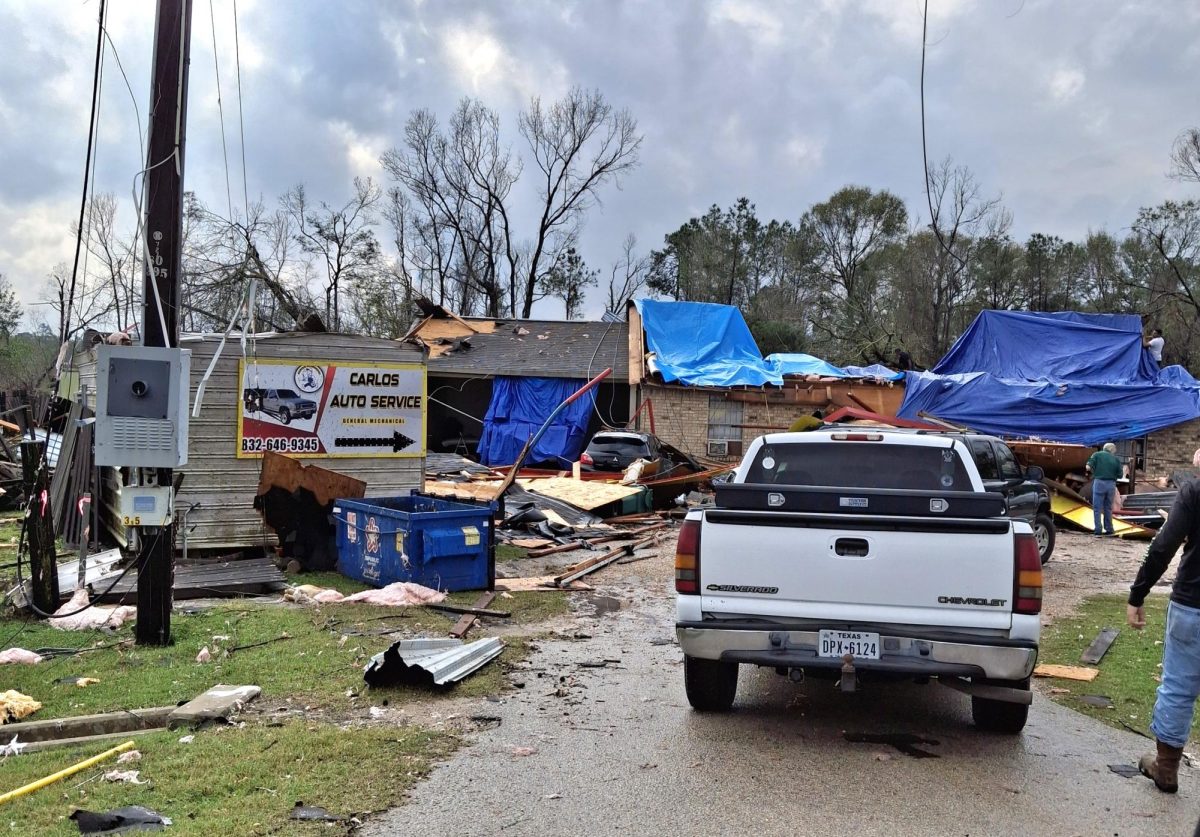Here’s why that matters.
Colombia and the United States narrowly avoided a major dispute after threats from President Trump.
The disagreement started with President of Colombia Gustavo Petro preventing two military planes holding deported Colombians from landing. President Trump responded on social media, threatening to place an immediate 25% tariff on Colombian goods, a travel ban, visa sanctions, and “harsher cargo inspections”.
President Petro first claimed that Colombia would retaliate with tariffs on U.S. goods, but the White House later confirmed that Colombia agreed to the immigration crackdown.
“The Government of Colombia has agreed to all of President Trump’s terms, including the unrestricted acceptance of all illegal aliens from Colombia returned from the United States, including on U.S. military aircraft, without limitation or delay,” it said.
This marks the first time President Trump has taken direct action against another nation in his second term, but far from the first time he’s threatened a nation with tariffs. Canada, Mexico, and China – the top buyers of U.S. exports respectively, according to 2022 data – are all currently being tariffed. President Trump recently placed 25% tariffs on Canada and Mexico and an additional 10% tariff on China.
What are Tariffs? How do they work?
Most Americans, despite their growing importance, can’t or wrongly define what tariffs are. According to a poll conducted by Ipsos Consumer Tracker in December of last year, 45% of Americans correctly defined tariffs, but “a majority were either wrong (31%) or just said they didn’t know (23%).”
Ipsos defines tariffs as “Taxes imposed by a country on goods and services imported from another country, paid by the importer, often leading to higher prices for consumers”. Put simply, companies in the United States will have to pay an extra tax when buying goods from other countries.
Tariffs are collected at the door, meaning that the company buying the product pays the tax when it arrives at the border. This means that the tax will not be on the country selling the product, but instead the company purchasing it.
Let’s say an U.S. company buys $100 worth of Mexican-made goods. That company would pay the federal government an additional $25 when its products arrived at the border.
So, who really pays for them?
It depends, but most likely, you will.
President Trump’s theory is that the extra costs from tariffs will motivate businesses to stop shopping abroad, keeping their money in the U.S. In this case, nobody pays the tariff.
However, if possible, businesses will just make citizens pay for it by raising prices. Inflation is easier than finding a U.S. supplier of the same product with a similar cost and quality.
There’s also the problem of production. Not everything is made in the U.S. Goods that aren’t typically manufactured here (e.g. automobiles, steel, home appliances) will surely rise in price because that’s easier and cheaper than building entirely new factories. Additionally, companies could get around the tax by moving their factories to countries without tariffs.
For those of you who appreciate data-based evidence: In early 2018, Trump placed tariffs ranging from 20% to 50% on most imported washing machines. During the first year alone, the cost of washers and dryers both rose by roughly 12% per unit, or about $90.
Why does this matter?
The United States buys more products than it makes at home. The majority of our food, clothes, and technology come from nations being tariffed under President Trump’s plan. For example, about 23% of our agricultural products (e.g. coffee, processed vegetables, grains, and other food products) came from Mexico in 2023. This means that the tariffs proposed by President Trump would likely raise food prices for American citizens.
Rural farming communities like ours will be at the greatest risk, says the American Soybean Association and National Corn Growers Association in a 2024 study. Soybeans and corn are the top two products that U.S. farmers sell to other nations. If nations like China were to place tariffs on these products in response to Trump’s threats, “Farmers and rural economies pay the price”.
Additionally, Texas relies on its border-neighbor in Mexico for the resources needed to make the products we use every day. Take the Toyota Tundra, the fourth most popular truck in Texas, for example. While fully built in San Antonio, several key components are sourced from Mexico. Neither the axles, engines, transmissions, nor powertrains are made here.
If tariffs make building the Tundra more expensive, Toyota will make it more expensive for you.
Inflation won’t just impact trucks. Texas does the most trade with Mexico, buying about $155 billion of Mexican-made computer equipment, vehicles, motor parts, and oil and gas by the end of last year. Tariffs will likely increase prices in all of these industries.








